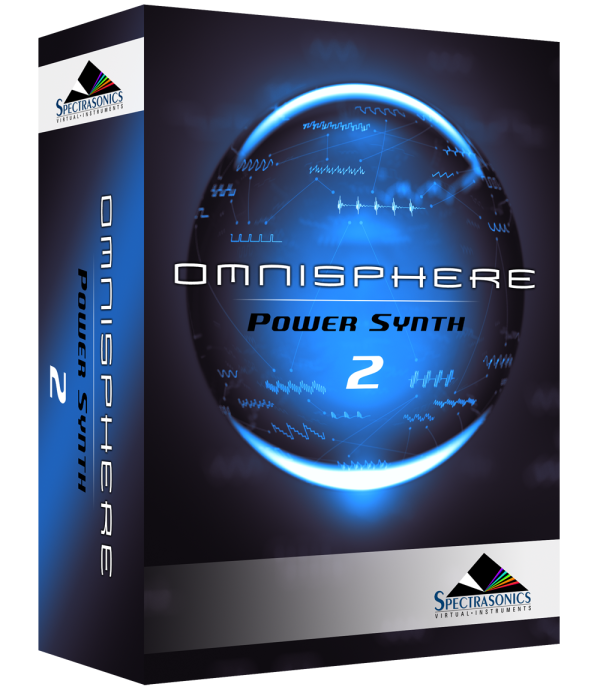

You’ve never heard an echo unit quite like this one! The powerful new Under Echo effect is a major highlight of Undercurrent. Dripping with analog tape character, this extremely versatile pitch-shifted ambience processor utilizes newly developed algorithms which play a large role in shaping the unique vibe of Undercurrent. This is the one you want in your arsenal when it’s time to go dark and moody.
MINI-SLIDER
Controls the mix of the dry signal and the processed (wet) signal. The percentage indicated is the amount of the signal that is wet.
PAGE ONE CONTROLS
- [ECHO] TIME
Controls the echo time.
NOTE: When SYNC is enabled, the D means “dotted” and the T means “triplet.”
- [ECHO] SYNC
Engages and disengages synchronization of the echo times with the host’s tempo.
- [ECHO] FEEDBACK
Controls how much the signal is fed back to the echo input.
- [ECHO] SPREAD
Offsets the delay time of the right channel with reference to the echo TIME. When this knob is turned all the way to the left, the ECHO section is mono.
- [ECHO] COLOR
This menu controls the settings of a number of parameters, including modulation, overdrive, and tone.
- [ECHO] TAPS
Adds density to the delay by engaging a series of three additional playheads.
PAGE TWO CONTROLS
- [PITCH SHIFTER] MIX
Controls the mix of the dry signal and the signal processed by the Pitch Shifter section. The Pitch Shifter can produce certain artifacts in the output during the pitch change action. The audibility of such artifacts depends on many factors, including the input signal, the Pitch and Path settings.
- [PITCH SHIFTER] PITCH
Sets the musical interval used by the Pitch Shifter when processing the incoming signal.
- [PITCH SHIFTER] PATH
This menu determines where the Pitch Shifter is placed in Under Echo’s signal path. Depending on the input signal, these settings can greatly affect the sound:
Pre-Echo: The incoming signal is first pitch-shifted, then sent to the Echo section, then the Reverb.
Feedback: The Pitch Shifter is placed in the Echo Feedback Loop. The signal is first passed through the Echo, and each regeneration is pitch-shifted. This setting is useful for creating a wide range of sounds, from shimmery textures to bending echoes. The output of the Echo section is then passed through the Reverb.
Post-Echo: The incoming signal is first passed through the Echo and the Echo output is then passed through the Pitch Shifter.
Post-Rev: The incoming signal is first passed through the Echo, then the Reverb, and finally through the Pitch Shifter. Depending on the input signal, this setting can produce interesting artifacts.
- [REVERB] MIX
Controls the amount of the signal coming from the Echo or the Pitch Shifter (see [PITCH SHIFTER] PATH above) that is processed through the reverb.
- [REVERB] TIME
Controls the length of the reverb.
- DUCK
Ducking refers to the process of reducing one audio signal when another one is present. In Under Echo, the DUCK knob controls how much the output of the wet signal is reduced when the effect receives signal on its input. With a high DUCK setting, if Under Echo is producing long delay tails, those tails will be attenuated when you play new notes, creating space in the mix for those new notes to be heard clearly.
- OUTPUT
Adjusts the overall output.
Need more help with this?
Spectrasonics Customer Support



